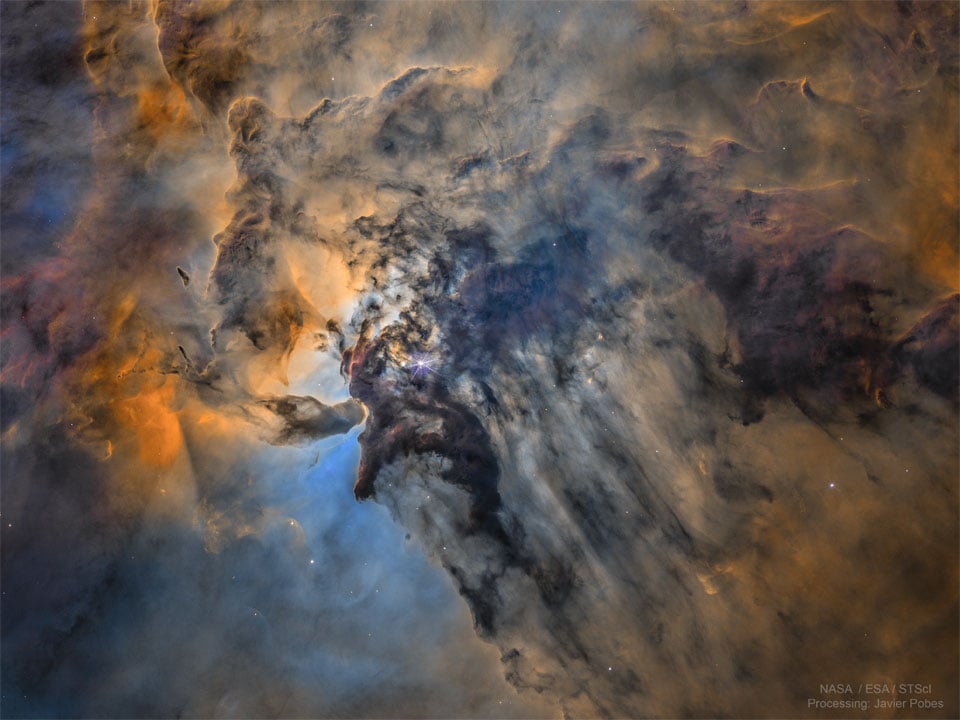this post was submitted on 14 Jun 2024
326 points (97.7% liked)
[Dormant] moved to !space@mander.xyz
10767 readers
1 users here now
This community is dormant, please find us at !space@mander.xyz
You can find the original sidebar contents below:
Rules
- Be respectful and inclusive.
- No harassment, hate speech, or trolling.
- Engage in constructive discussions.
- Share relevant content.
- Follow guidelines and moderators' instructions.
- Use appropriate language and tone.
- Report violations.
- Foster a continuous learning environment.
Picture of the Day
 The Busy Center of the Lagoon Nebula
The Busy Center of the Lagoon Nebula
Related Communities
🔭 Science
- !astronomy@mander.xyz
- !curiosityrover@lemmy.world
- !earthscience@mander.xyz
- !esa@feddit.nl
- !nasa@lemmy.world
- !perseverancerover@lemmy.world
- !physics@mander.xyz
- !space@beehaw.org
- !space@lemmy.world
🚀 Engineering
🌌 Art and Photography
Other Cool Links
founded 2 years ago
MODERATORS
you are viewing a single comment's thread
view the rest of the comments
view the rest of the comments
If you haven't noticed, the space stations we do build require international cooperation and are basically just a bunch of rocket sections stuck together. The ISS, in all of its glory, took years to assemble and has some serious design constraints.
A project of that magnitude would require lots of highly specialized parts to be launched into orbit first, or, we somehow manage to build an entire fabrication facility in orbit where it can process raw materials.
The concept of a rotating ring is simple. Developing the means to build it is hyper-complex.
Not THAT complex. They already have several prototypes they're planning on testing. They won't be giant rotating stations, but rooms of a few meters across. It doesn't take much rotation to get useful amounts of g's.
How hard could it be? It's not like it's rocket science or anything.
I'm a brain surgeon, you know?